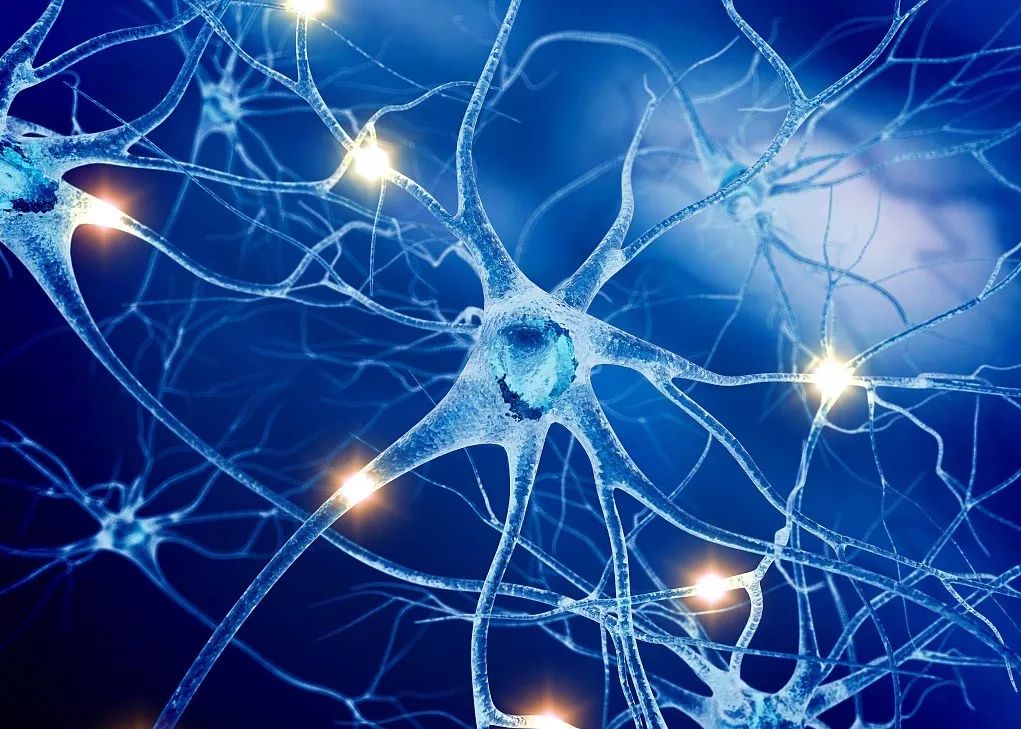
Autologous fibroblasts are a cell engineering technology product used for tissue repair by extracting fibroblast precursor cells from individual skin, culturing and expanding them in vitro, and belonging to the field of biotechnology. This technology was established by Mao Xi et al. through a patent (CN100415875 C) and was approved by the US FDA for application in the field of medical beauty in 2011. The representative case, LaViv technology, achieves wrinkle repair and skin regeneration by injecting cultured cells. The core process includes extracting tiny skin samples behind the ear, isolating and cultivating cells in the laboratory, and reinjection into the treatment area. It utilizes the characteristic of fibroblasts secreting collagen to improve skin structure and has the advantages of high biocompatibility and no immune rejection.
This technology has gradually developed since the beginning of the 21st century, with an early focus on facial rejuvenation treatment. Clinical validation shows that the effect can last for 10-15 years. With the advancement of technology, its application has expanded to the repair of concave scars and the treatment of lumbar disc degeneration. Clinical trials of FibroCell injection from Shiina Biotech have confirmed its effectiveness in intervertebral disc repair. The preparation method is continuously optimized, including combining with injectable keratin materials to form a three-dimensional complex to enhance cell survival rate, and achieving large-scale production through standardized culture processes.

Composition of genuine leather
1. Fibroblasts, adipocytes
Macrophages, plasma cells, mast cells
mesenchymal stem cell
2. Interstitial cells
Matrix, fibers, tissue fluid
Fibroblast cells
1. It is the main cellular component of the skin.
2. It has the function of synthesizing and secreting three types of fibers and matrix. It plays a crucial role in the process of interstitial renewal and wound repair.
Formation reasons
As age increases, the number of fibroblasts, collagen, and elastin in the dermis layer of the skin gradually decreases, their function declines, the dermis layer becomes thinner, the skin begins to relax, and wrinkles appear.
Principle
Obtaining fibroblast precursor cells from the skin tissue of the beautician, cultivating fibroblasts that can secrete autologous collagen and elastin, expanding them extensively in vitro, and then reintroducing them to the wrinkles and sunken areas of the beautician. Fibroblasts naturally survive and proliferate in the maternal environment, increasing the thickness and density of the dermis layer of the skin, stretching wrinkles, filling in depressions, eliminating scars, restoring skin elasticity and luster.
Characteristic
secure
Due to the use of autologous cell therapy, adverse events such as immune rejection and allergies have never occurred and are unlikely to occur, therefore it has good safety.
lasting
The self generated new cells are transfused back to the wrinkles and sunken areas of the self skin, and continue to survive due to the formation of self tissue, resulting in long-lasting effects.
health
This technology does not rely on damaging or stimulating pathological changes in the skin to remove wrinkles, nor is it filled with foreign objects. It achieves therapeutic goals by naturally enhancing skin function, and therefore belongs to physiological wrinkle removal.
nature
This technique does not affect the facial expression muscles and ligaments of the patient. The newly formed healthy skin cells restore the elasticity of the skin, reduce pigment deposition on the epidermis, improve the skin's whiteness, smoothness, and delicacy, making the skin smooth, plump, and elastic, and the expression form natural and harmonious.
